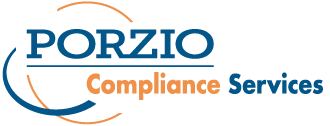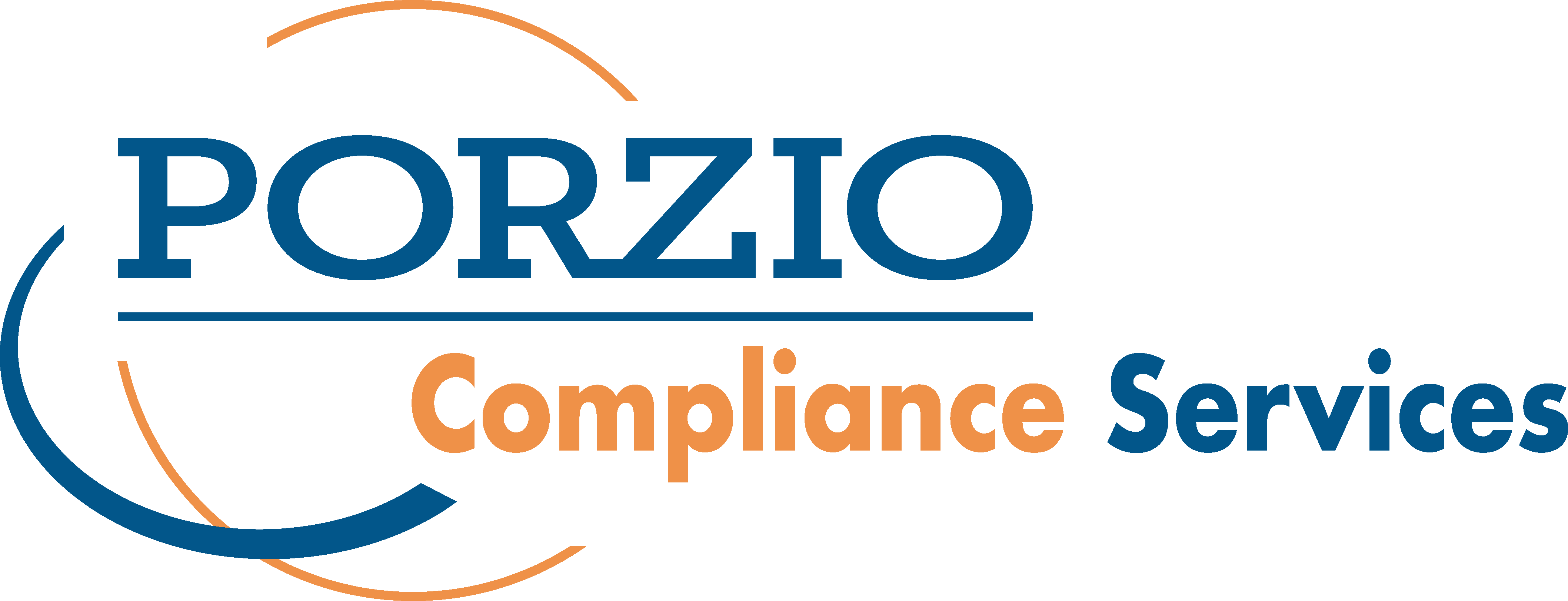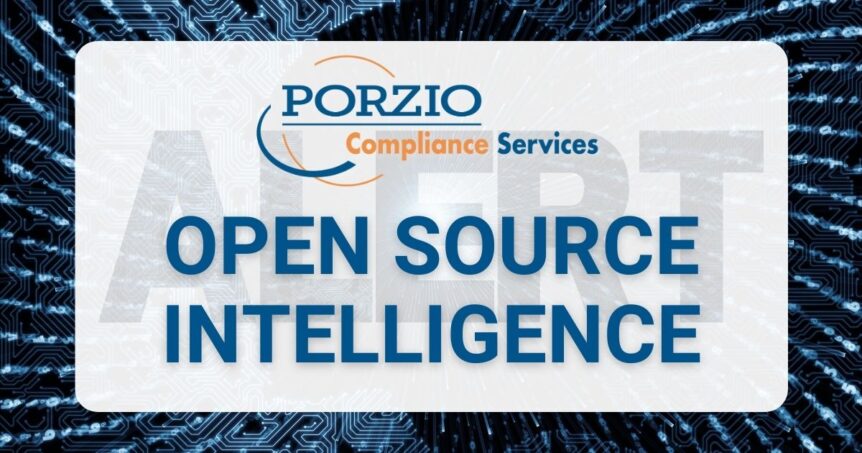In an era dominated by digital connectivity, the threat of identity theft looms larger than ever, necessitating proactive measures to safeguard against its costly and disruptive repercussions. Recently, Dr. Kim Miller, Ph.D., CFE, Director of Investigative Intelligence and Analysis at Porzio Compliance Services, a seasoned expert in public safety and leadership with a focus on criminal justice, and Diane Averell, Litigation Principal with Porzio, Bromberg & Newman, convened a program to shed light on the best practices for protecting organizations, employees, and workplaces from the perils of identity theft.
Dr. Miller’s insightful presentation unveiled a comprehensive framework consisting of six essential phases for locating and removing personal information, thereby mitigating the risks associated with identity theft. Here’s a breakdown of the key phases:
Phase 1: Unveiling Publicly Available Information
Individuals are urged to kickstart their defense strategy by conducting meticulous Google searches to unearth any publicly available information, such as names, dates of birth, and addresses. Identifying inaccuracies or inconsistencies is crucial, as such details can serve as gateways for identity theft.
Phase 2: Delving into the Depths of the Web
Venturing beyond the surface, individuals are advised to explore the deep and dark web realms for additional layers of personal information. While the deep web encompasses unindexed websites, the dark web poses heightened risks due to its clandestine nature, often associated with illicit activities.
Phase 3: Scrutinizing People Directories and Address Listings
Peeling back the layers further, individuals should scour people directories and address listings to uncover potential avenues for identity theft. These repositories often house personal information, ranging from phone numbers to email addresses, necessitating thorough examination to mitigate risks effectively.
Phase 4: Assessing Social Media Profiles
With social media serving as a virtual goldmine of personal data, individuals must exercise caution when reviewing family, extended family, and work contacts’ profiles. Dr. Miller emphasized the importance of scrutinizing privacy settings and minimizing publicly available personal information to thwart identity theft attempts.
Phase 5: Initiating the Removal Process
Individuals must undertake the arduous task of removing personal information from the internet. Dr. Miller stressed the importance of persistence and thoroughness in this endeavor, which often entails direct communication with website administrators to achieve desired outcomes.
Phase 6: Implementing Ongoing Monitoring
Vigilance remains paramount even after the removal process is initiated. Individuals must vigilantly monitor their online presence to prevent identity theft in the future, emphasizing the importance of regular credit report checks and alert setups for suspicious activities.
Beyond the comprehensive framework outlined by Dr. Miller, attendees gleaned invaluable insights into additional tips for minimizing the risk of identity theft. Among the insights were:
- Strengthening password security and changing passwords regularly.
- Exercising discretion when sharing personal information online, especially on social media platforms.
- Regularly monitoring credit reports and setting up alerts for potential fraud.
- Exercising caution when encountering unfamiliar emails or attachments.
- Avoiding the use of public Wi-Fi networks, which are susceptible to hacking.
Dr. Miller underscored that safeguarding against identity theft is an ongoing endeavor that demands unwavering vigilance and persistence. By embracing proactive measures and adhering to best practices, individuals and organizations can fortify their defenses against the pervasive threat of identity theft, thereby safeguarding their productivity, security, and financial well-being.
In conclusion, as identity theft continues to pose a formidable challenge in today’s digital landscape, the insights shared by Dr. Miller provide a procedural guideline for individuals and organizations seeking to fortify their defenses against third party hacking. By adopting a proactive stance and implementing robust protective measures, individuals and organizations can navigate the digital realm with confidence, minimizing the risks associated with identity theft and preserving their peace of mind.



